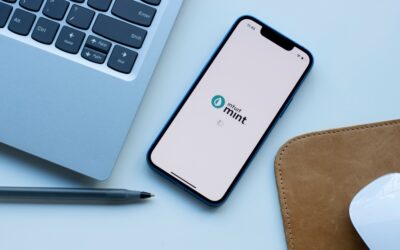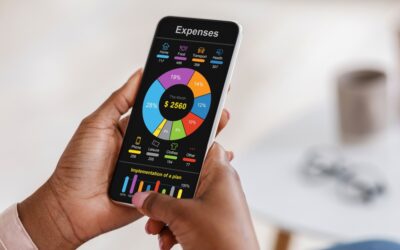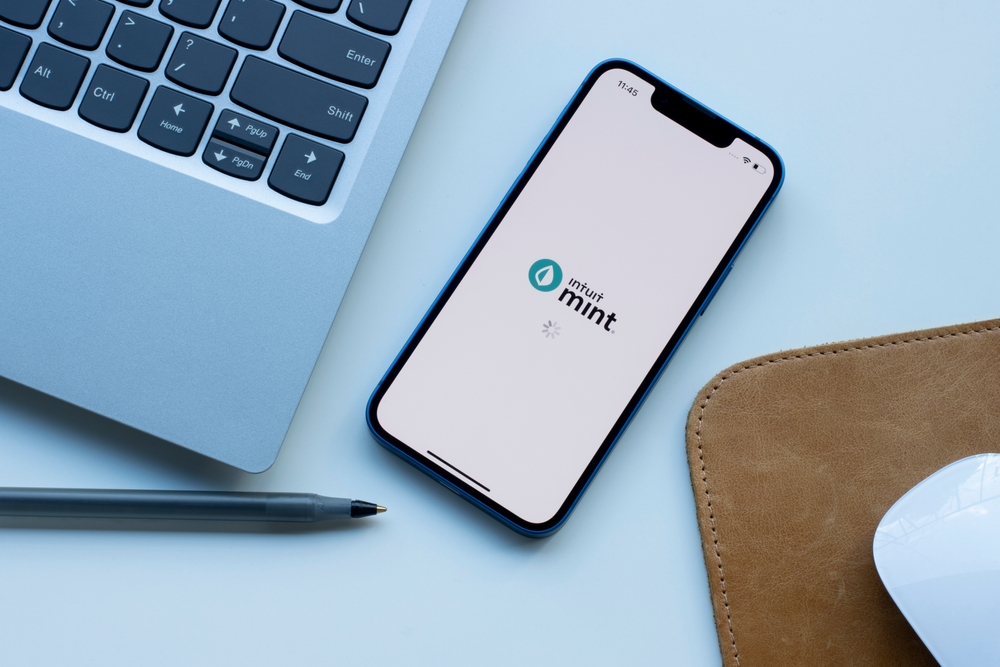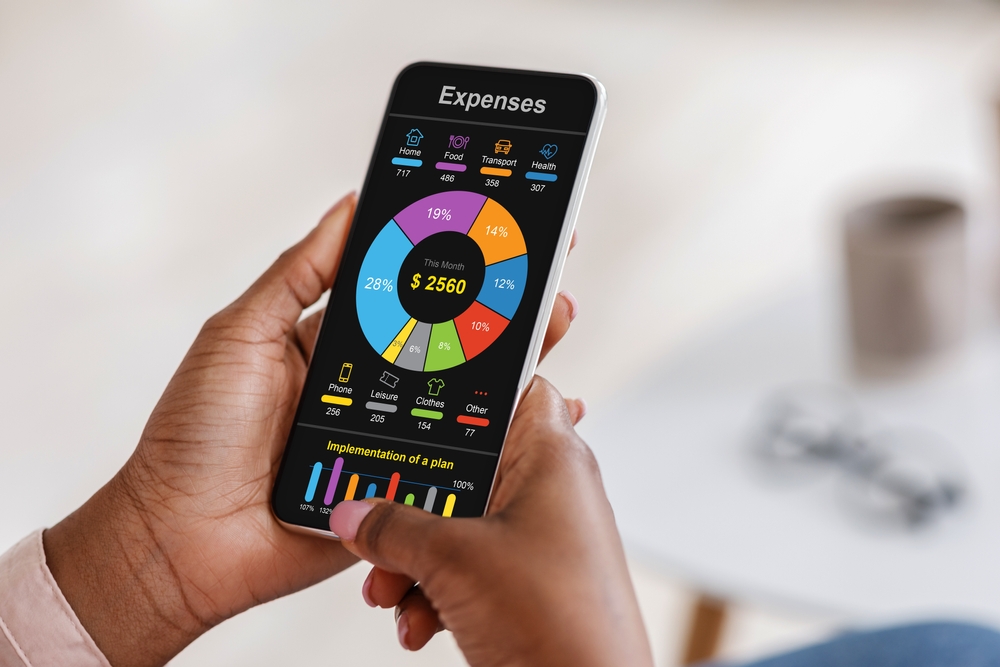The zeitgeist of each generation is often encapsulated by the mundane, everyday items that define their existence. For Gen Z, the digital realm has become the nucleus of their universe, eclipsing the tactile experiences familiar to their predecessors. Yet, as they swipe and scroll, they may be unaware of a world where certain commodities were not just accessible, but astonishingly inexpensive or, dare we say, free. Here’s a jaunt through the annals of recent history, unveiling thirteen treasures that, once upon a time, didn’t demand much from our pockets.
1. Water In A Bottle

Remember when water used to flow freely from the tap, sans the hefty price tag? Today, bottled water is the epitome of convenience, yet it’s a far cry from its origins as a free, or at least nominally priced, necessity. According to Peter Gleick, a renowned water expert, the commodification of bottled water represents a cultural shift toward prioritizing convenience over cost. As Gen Z reaches for designer water brands, they might be surprised to learn that their predecessors quenched their thirst without the premium price.
The allure of bottled water isn’t merely its portability; it’s also about the perception of purity. In the late 20th century, concerns over tap water quality drove consumers to purchase bottled alternatives. Little did they know that many of these bottles contained nothing more than filtered tap water, cleverly marketed at a significant markup. For Gen Z, accustomed to paying for premium hydration, this revelation might indeed be a splash of cold water.
2. Music Downloads

In the hazy days of the early internet, the melody of free music downloads was the anthem of the youth. Napster and LimeWire, albeit controversial, offered a universe of tunes at zero cost, much to the chagrin of the music industry. These platforms were the wild west of digital music, where an entire catalog of auditory joy was just a click away. For Gen Z, the idea of paying for each song or subscribing to a streaming service must feel like a foreign concept to those early hackers who had free music as a birthright.
But with the advent of legal battles and the dawn of iTunes, the music industry succeeded in giving music a price once more. Today, subscription-based services like Spotify and Apple Music dominate, transitioning music into a commodity you need to rent, rather than own. With curated playlists and premium tiers, Gen Z indulges in a musical experience starkly different from the wild, lawless downloading spree of their predecessors. Yet, it’s important to note: they’re paying for something that was once free and unending.
3. Air Travel

Flying, once a glamorous affair, was also surprisingly affordable in its early days. With the airline deregulation act in the United States during the late 1970s, competition soared, driving prices down and making air travel accessible to an average family. Aviation expert Henry Harteveldt notes that airlines once sought to democratize travel, offering low prices as a way to grow the market. Today, while budget airlines still exist, the myriad of fees and surcharges can make air travel an exorbitant endeavor for Gen Z travelers.
Long gone are the days when meals, luggage, and legroom were included as part of your ticket. Now, every inch and amenity comes with a price tag, a stark contrast to the bundled packages of yesteryears. Gen Z, navigating through a myriad of additional charges for baggage, snacks, and even seat selection, might find themselves longing for the simplicity of those early airline offerings. While the skies remain open, the cost of flying through them has certainly taken off.
4. Movie Rentals

The ritual of renting a movie at Blockbuster was a weekly mainstay for many, and it didn’t break the bank. For just a few dollars, you could enjoy the latest Hollywood blockbuster from the comfort of your couch, complete with popcorn and friends. Today’s streaming services, with their monthly subscriptions, have altered the landscape, masking the cost but ensuring a constant outflow of funds. Gen Z, enmeshed in this subscription model, might find the simplicity and savings of renting a single movie an enticing concept.
The demise of video rental stores also marked the end of serendipitous discoveries—those hidden gems stumbled upon while wandering the aisles. Streaming algorithms now dictate viewing choices, guiding users based on past preferences rather than spontaneous curiosity. Although it’s convenient, there’s a certain charm to the physical act of browsing that’s been lost. Gen Z, ensconced in digital convenience, may never know the joy of picking a film based solely on its cover.
5. Public Television

Once a bastion of free entertainment and education, public television stations offered enriching content without the tether of a cable bill. Shows like “Mister Rogers’ Neighborhood” and “Sesame Street” were freely accessible, cultivating generations with values and knowledge. However, media expert Amanda Lotz explains that the evolution of broadcasting has shifted many traditionally free services to subscription models, requiring even basic access to now come at a cost. Gen Z’s introduction to entertainment often involves navigating subscription fees, even for content that was once universally free.
The rise of cable and streaming services has diluted the once-universal appeal of public television. What was free and funded by government grants and donations is now augmented by the necessity of subscriptions for similar quality programming. Gen Z, accustomed to binge-watching, may not realize the extent to which free, educational programming shaped society. The trade-off between accessibility and financial barriers is a new reality that previous generations didn’t always face.
6. Encyclopedias

For many, an encyclopedia set was a treasure trove of knowledge, often found gracing the shelves of libraries and homes alike. They were the original Google, providing information at the turn of a page without Wi-Fi or electricity. Today, online databases and search engines have replaced these tomes, accessible with the click of a button but often behind paywalls or subscriptions. For Gen Z, the idea of paying for information that isn’t instantaneously within reach may seem archaic, yet it was the norm for their predecessors.
The physical weight of knowledge has given way to digital convenience, but not without a price. While online resources offer vast and immediate information, they also present challenges such as misinformation and the monetization of knowledge. Gen Z, growing up with screens rather than spines, bypasses the tangible experience of flipping through pages, relying on algorithms to guide their quest for answers. The evolution from page to screen underscores a shift in how knowledge is acquired and valued.
7. Long-Distance Phone Calls

There was a time when calling across the country—or even the world—cost a small fortune, often reserved for special occasions due to its expense. The advent of deregulation and modern technology has dramatically slashed these costs, making communication almost free, yet the memory of pricey long-distance calls lingers in the minds of older generations. Telecommunications expert Scott Woolley highlights how the internet and VoIP technology revolutionized this aspect, democratizing global conversations. For Gen Z, accustomed to free WhatsApp calls and FaceTime, the concept of paying dearly to hear a loved one’s voice might seem utterly foreign.
The emotion tied to these calls was palpable; families budgeted for those precious moments of connection. Today, instant messaging and video calls have bridged distances without the financial strain, reshaping how we maintain relationships. Gen Z, with the world at their fingertips, may find it hard to fathom a time when keeping in touch came with a hefty price tag. The evolution of communication reflects not just technological progress, but also a shift in the value of interpersonal connections.
8. Camping Spots

Camping, once a low-cost getaway into nature, has seen a rise in price tags and regulations over the years. National and state parks, eager to maintain facilities and natural beauty, have introduced fees that can quickly add up. For Gen Z, used to online reservations and planning, the spontaneity of an impromptu trip into the wild might seem elusive. The cost of reconnecting with nature has shifted from a nearly free pastime to a planned and budgeted event.
As demand for outdoor spaces grows, so too have the amenities and associated costs. Camping gear has become high-tech and expensive, and the experience has shifted from rustic to curated. Gen Z, seeking authentic experiences, may find themselves navigating a commercialized version of what was once a simple escape. The financial barriers to entry have transformed camping from a universal joy into a luxury for some.
9. Plastic Bags
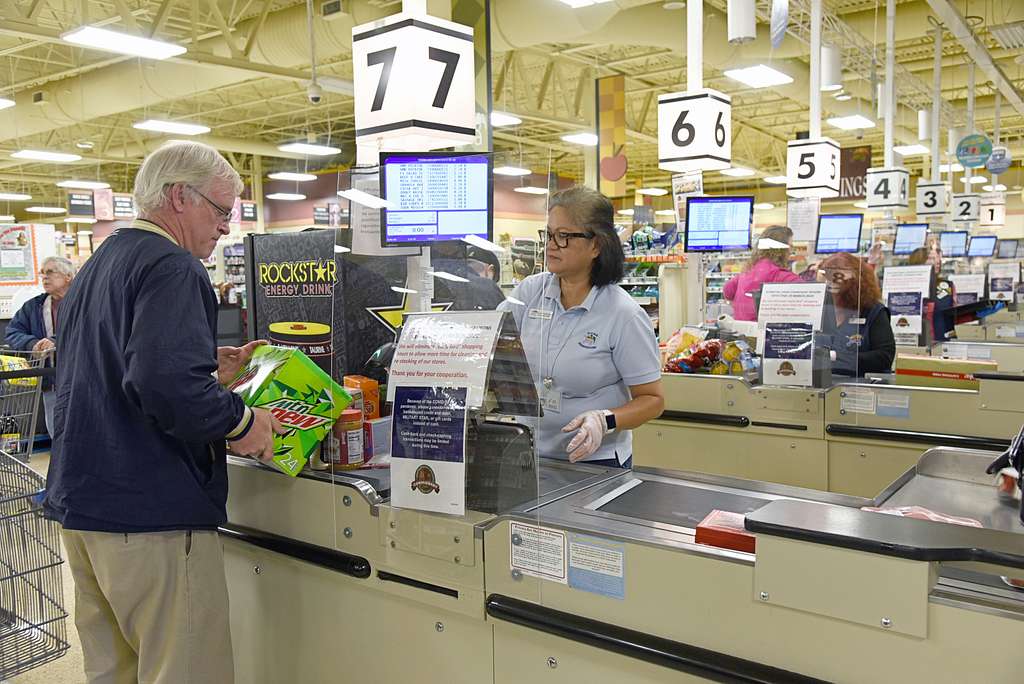
The humble plastic bag, once a free addition to any purchase, is now a symbol of environmental consciousness with a price to match. Many jurisdictions have imposed fees or bans to curb their environmental impact, making consumers more aware of their usage. Gen Z, raised amidst eco-awareness, may not realize that these bags were once given freely without a second thought. The shift from convenience to conscientiousness underscores a growing societal focus on sustainability over simplicity.
The transition to reusable bags is emblematic of a broader change in consumer behavior, driven by a desire to reduce waste. What was once an afterthought has become a deliberate choice, with financial incentives steering behavior. For Gen Z, this is a natural part of their shopping routine, but for those who remember the freebie era, the change is notable. It highlights a collective movement towards environmental responsibility at the consumer level.
10. Local Newspapers

Once the heartbeat of local communities, newspapers were often delivered to doorsteps for a nominal fee or freely available at local cafes. They provided a tangible connection to the community, informing citizens of local events, news, and opinions. In the digital age, local newspapers have transitioned online, often placing content behind paywalls to sustain journalism. For Gen Z, accustomed to digital access, the concept of a free physical paper may seem as antiquated as a rotary phone.
The decline of print media marks a significant shift in how information is consumed and valued. While online platforms offer convenience and immediacy, they often lack the depth and personal connection of their print predecessors. Gen Z, navigating a world of headlines and clickbait, might find it hard to grasp the community role that local newspapers once played. The evolution from page to screen symbolizes a broader change in societal engagement with news and information.
11. Taxis
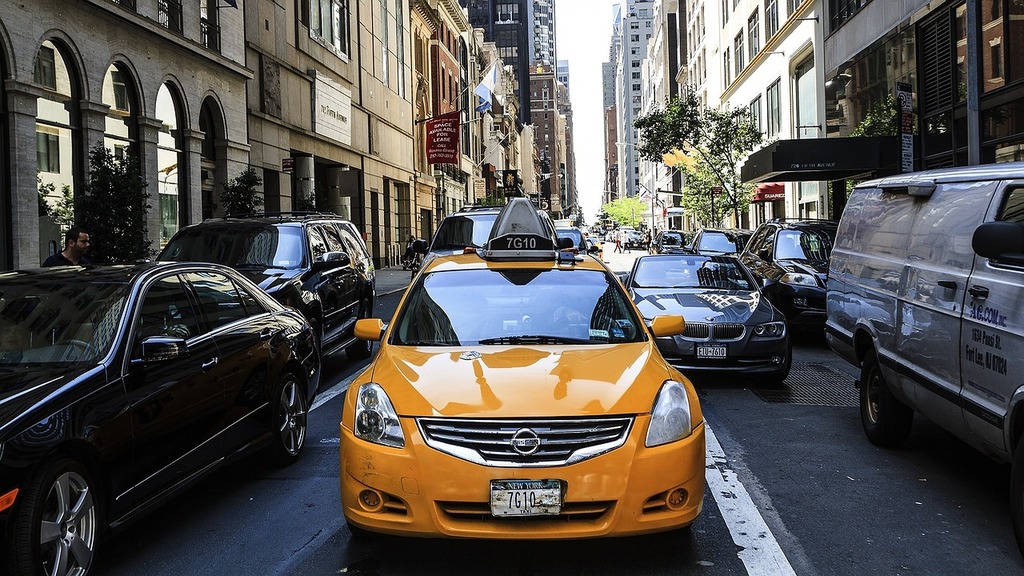
Catching a cab, a quintessential urban experience, was once fairly affordable compared to the nuanced pricing of today’s rideshare services. The advent of apps like Uber and Lyft revolutionized transportation, but often with a steeper, surge-priced fare. Gen Z, hailing rides with a touch of a screen, might be unaware of a time when cabs provided a straightforward, meter-based cost. The convenience of ridesharing comes at a premium that belies the simpler days of flagging a taxi on the street.
Ridesharing apps have introduced a level of personalization and convenience that taxis struggled to offer. Yet, the hidden fees and dynamic pricing models can make a once-affordable ride an unexpected expense. For Gen Z, the app economy has normalized these costs, but for older generations, the lack of transparency can be a jarring change. The shift from meter to algorithm represents both a technological leap and a redefinition of convenience.
12. Free Coffee Refills

The quintessential coffee shop experience where refills were a given, keeping the caffeine levels high and the conversation flowing. This practice has quietly slipped away, replaced by more costly premium brews and specialty drinks. For Gen Z, raised on a diet of Frappuccinos and cold brews, the idea of free refills might seem like a fairy tale from another era. The transition from bottomless cups to artisanal experiences tells a story of changing consumer expectations.
The coffee culture has evolved, with an emphasis on quality and variety, driving prices up and free refills out. Modern consumers, particularly Gen Z, often prioritize the experience over the cost, willing to pay more for unique and customized offerings. This shift marks a departure from the simple pleasure of an endless cup of java to an era of curated coffee experiences. The change illustrates how consumer preferences can redefine industry norms, one cup at a time.
13. Concert Tickets
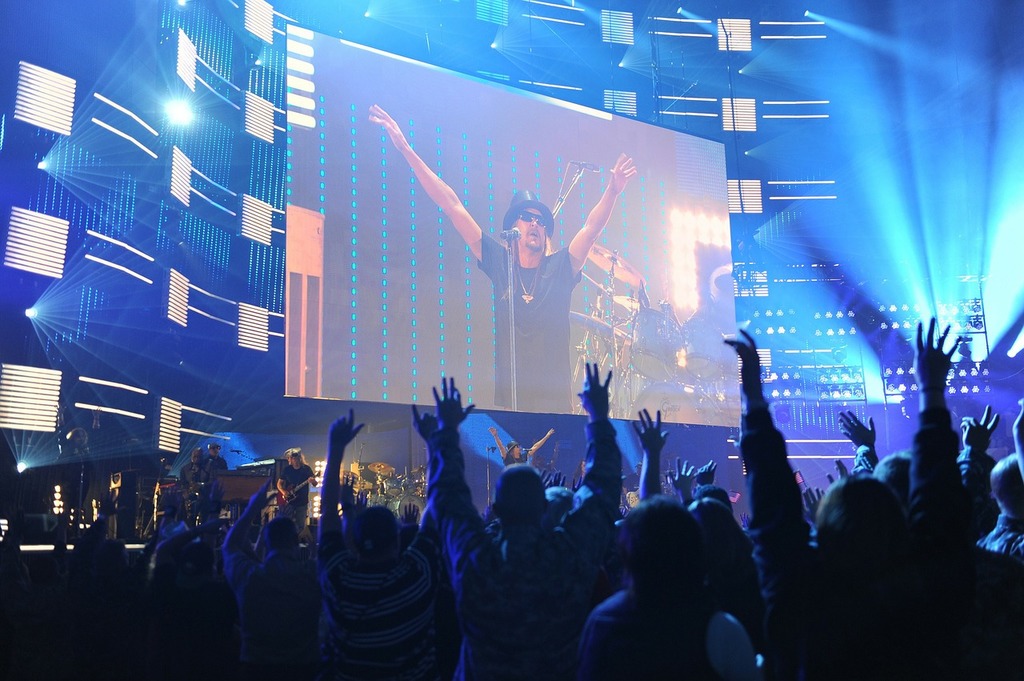
Gone are the days when scoring a ticket to see your favorite band wouldn’t require a second mortgage. Concert prices have skyrocketed, driven by the demand for live music experiences and the rise of secondary markets like resale sites. For Gen Z, accustomed to paying hundreds for a night of live music, the notion of affordable concert tickets might seem as mythical as a unicorn. The transformation from modestly priced events to extravagant expenditures reflects a broader cultural shift towards premium entertainment.
The concert experience has been elevated, with artists and venues offering VIP packages and exclusive access priced at a premium. This has created a tiered system where not all concertgoers experience the event equally. Gen Z, engaging with artists through social media, often views these experiences as once-in-a-lifetime, justifying the expense. Yet, the nostalgia for wallet-friendly concerts remains a poignant reminder of how entertainment has evolved into an exclusive domain.
This article is for informational purposes only and should not be construed as financial advice. Consult a financial professional before making investment or other financial decisions. The author and publisher make no warranties of any kind.

